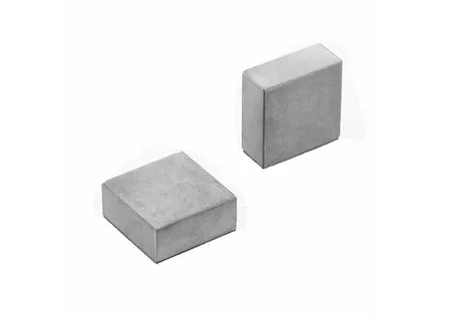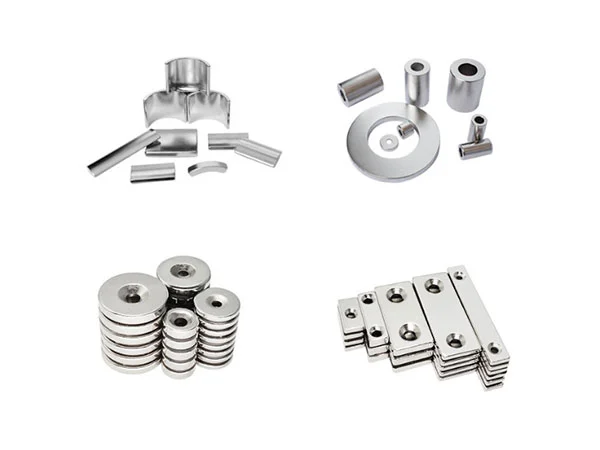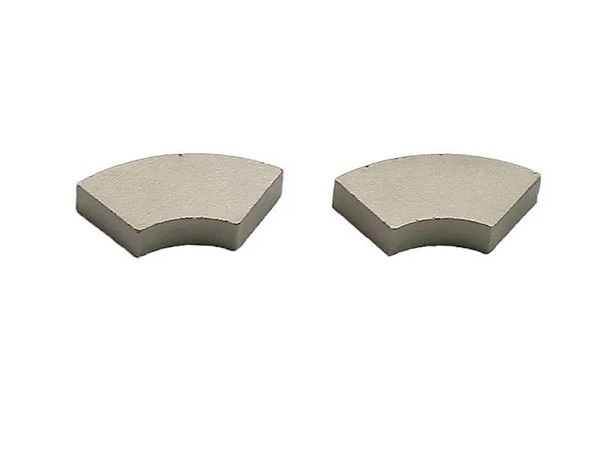In the realm of modern technology, seemingly small components can often wield incredible power and potential. One such example is the fascinating world of micro rare earth magnets. These tiny but mighty magnets have quietly revolutionized numerous industries, from electronics to medical devices. In this blog, we'll delve into the captivating universe of micro rare earth magnets, understanding their composition, applications, benefits, and the potential they hold for the future.
Harnessing the Power of Rare Earth Elements
Rare earth elements are a group of 17 chemical elements, including scandium, yttrium, and the 15 lanthanides. Despite their name, these elements are not actually rare; however, they are typically dispersed in low concentrations, making their extraction and processing a challenging endeavor. Their exceptional magnetic properties have made them indispensable in various applications, particularly when used to create micro magnets. Micro rare earth magnets are manufactured by combining these rare earth elements with other metals, such as iron and cobalt, to form powerful alloys. This results in magnets with exceptionally high magnetic strength. The intricate process of creating micro magnets involves precision engineering and techniques like sintering, where powdered materials are compacted under heat to form solid shapes.
Applications and Impact
Micro rare earth magnets have become the unsung heroes of our digital age. They are used in a plethora of electronic devices, including smartphones, laptops, hard drives, and even wearable technology. Their small size and powerful magnetic force allow for compact designs without compromising performance. From enhancing the vibration motor in your phone to ensuring the smooth operation of a hard drive, these magnets play a vital role in our daily lives. The medical field has also embraced micro rare earth magnets. They are found in diagnostic equipment such as MRI machines, where their strong magnetic fields aid in creating detailed images of the human body. Additionally, micro magnets are used in medical implants and devices, improving their functionality and longevity. For instance, they can be found in pacemakers, ensuring precise and reliable performance.
Benefits and Challenges
The primary advantage of micro rare earth magnets lies in their miniature size and immense strength. They enable the creation of smaller, more powerful devices that are more energy-efficient. This miniaturization trend has transformed the technological landscape, allowing for innovations that were once thought impossible. However, the extraction and processing of rare earth elements are not without challenges. The mining of these elements can have environmental repercussions, and their processing can be complex and resource-intensive. Efforts are being made to develop more sustainable practices and recycling methods to mitigate these concerns.
As technology continues to evolve, micro rare earth magnets are likely to play an even more significant role. From the continued expansion of the Internet of Things (IoT) to advancements in renewable energy and healthcare, these magnets will be at the heart of innovation. Research into alternative materials and more efficient manufacturing processes will likely pave the way for a greener and more sustainable future. Micro rare earth magnets might be small in size, but their impact is anything but diminutive. Their remarkable magnetic properties have reshaped industries and transformed the way we interact with technology. From powering our everyday gadgets to propelling us toward a greener future, these magnets are a testament to the power of science and human ingenuity. As we move forward, it's imperative that we continue to harness their potential while being mindful of the environmental challenges they present.






